Lady of Heaven - Inanna
0 comments
Like Mahadevi, the goddess of a thousand names, Inanna has a great number. Although it is Ninhursag who is the Sumerian "Mother of the Gods," it is also possible that different avatars of the same entity are being represented or were transferred through cultural upheavals or the politics of the day.
She also had a uniquely high number of epithets and alternate names, comparable only to Nergal.
Her Akkadian and Assyrian name was Ishtar. Her Sumerian name was Inanna and she was the patroness deity of Uruk.
Also of note,
Her name [Inanna] was written with a sign that represents a reed stalk tied into a loop at the top.
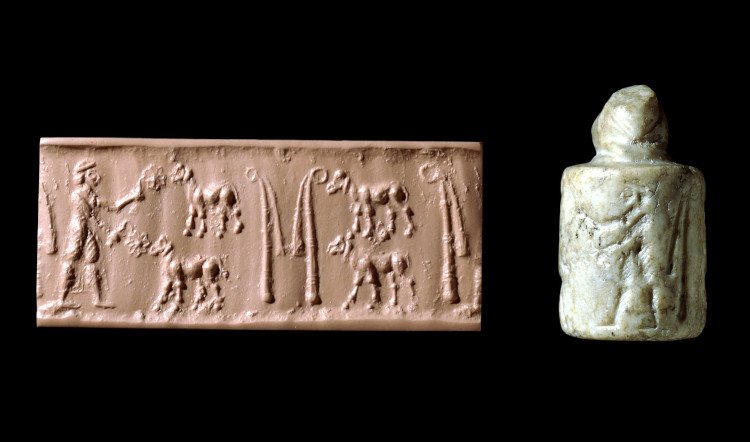
and,
Inanna's main sanctuary was the Eanna ("House of Heaven") at Uruk...
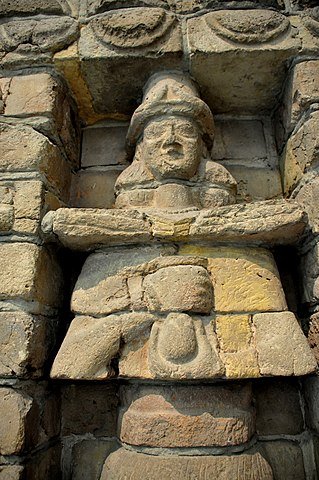
Notice the similar honeybee-like appearance from earlier posts? It is also curious from above that two reed bundles side-by-side resemble the letter M. Further, it is known that:
Mu was derived from the Egyptian hieroglyphic symbol for water, which had been simplified by the Phoenicians and named after their word for water...

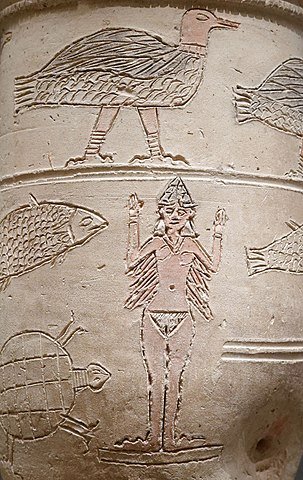
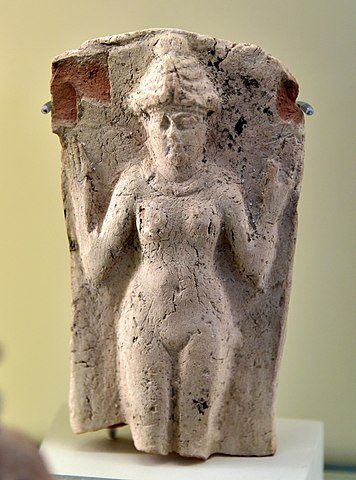
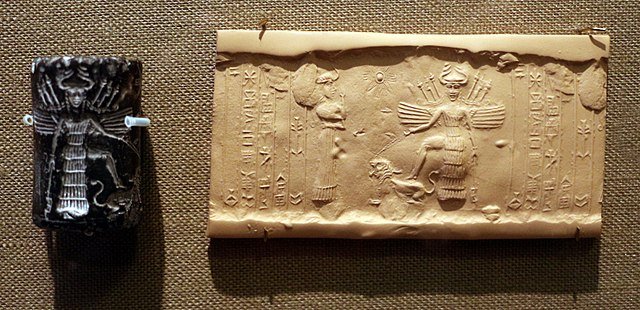
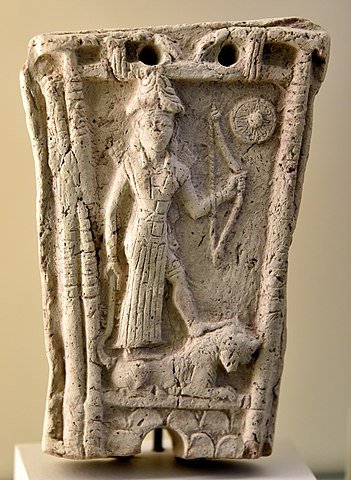
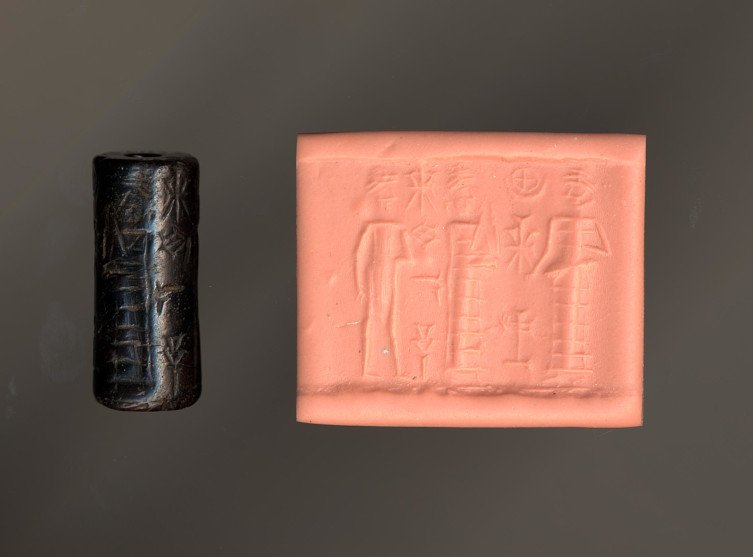

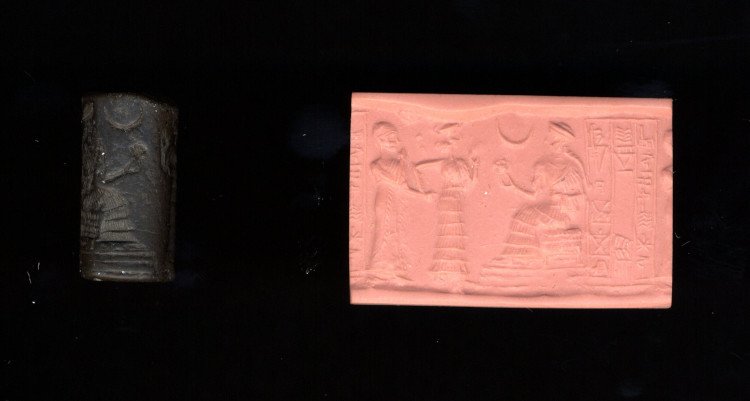
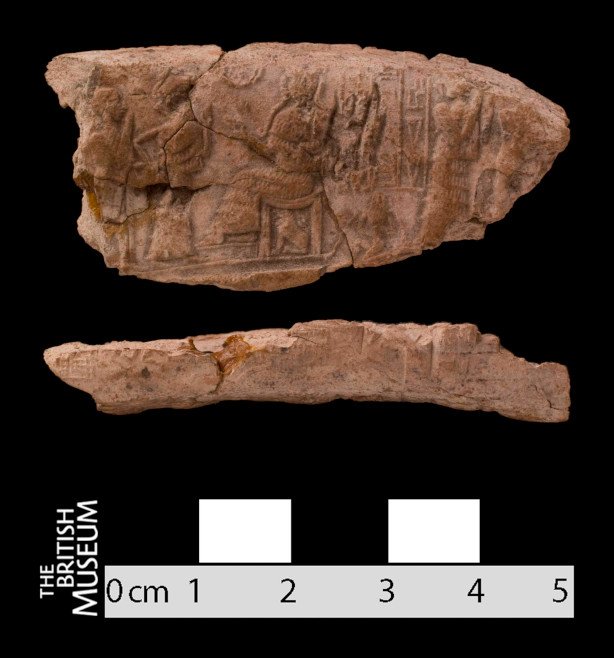

Might there be a simple way to combine the many symbols seen in the past few posts into a single object?
One can see a crescent, a triplicate of circles, a labrys (Minoan double-axe), a bee-hive shape, and a winged-insectoid form.
Now flip them upside down...

and the top of the Ankh...
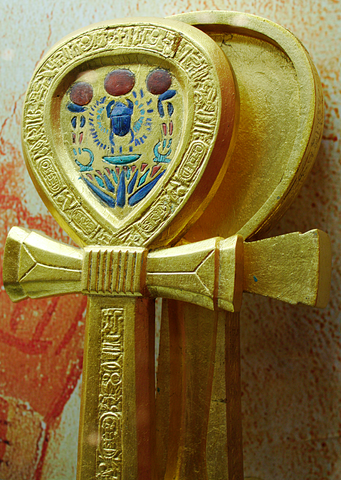
The Labrys Minoan axe and rod symbol is the bottom of the Ankh. Combine the pendant above with a Labrys and you get an Ankh.




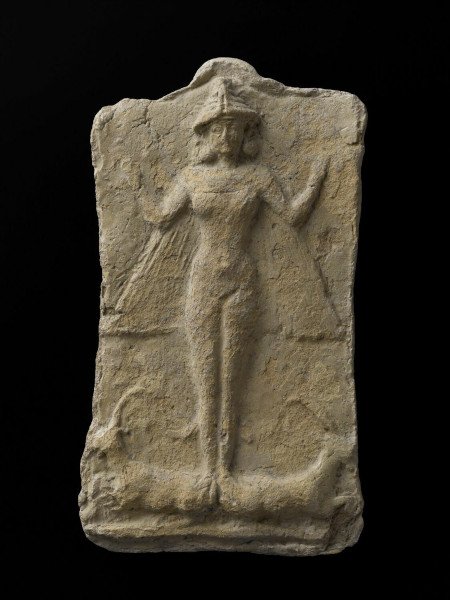
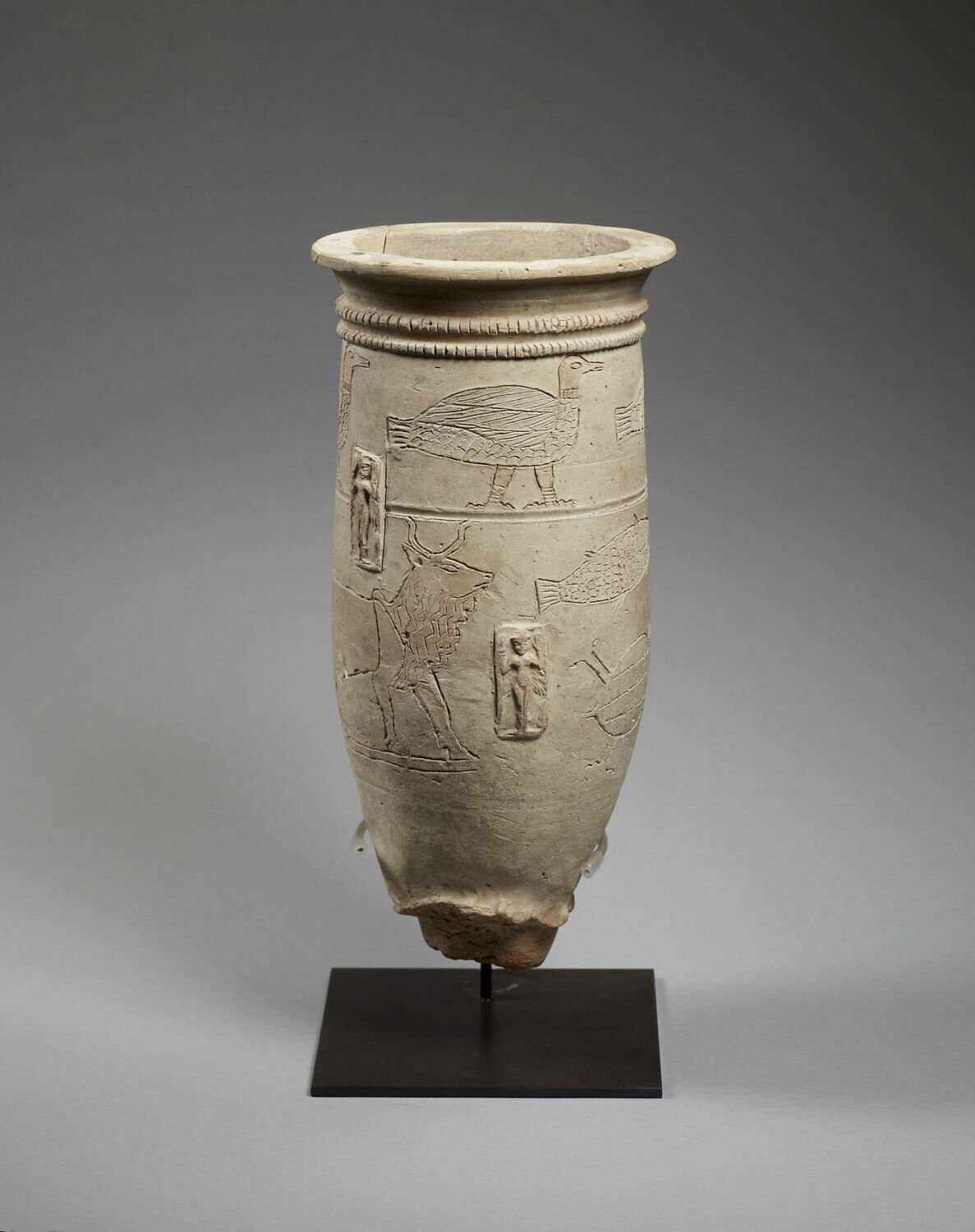
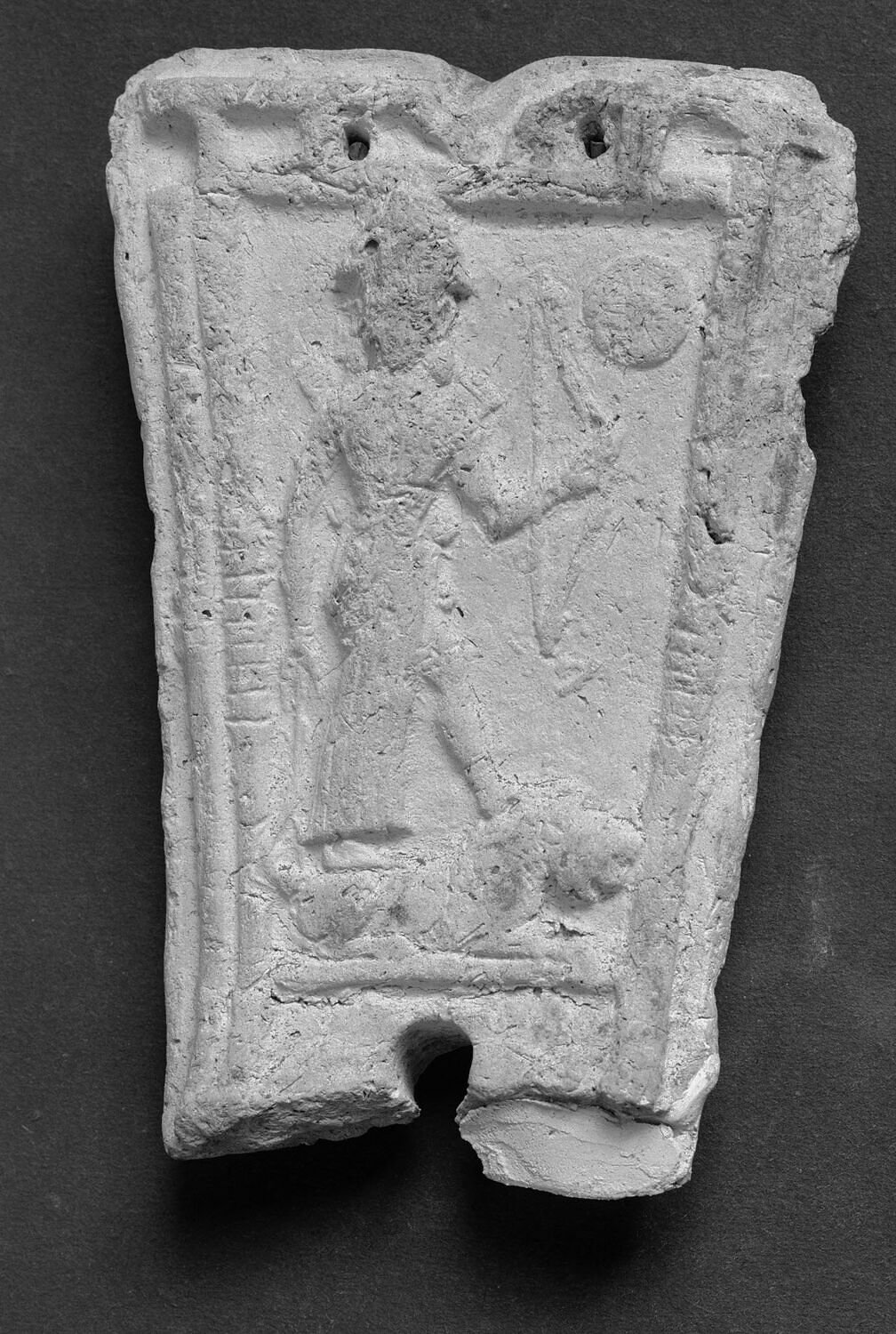
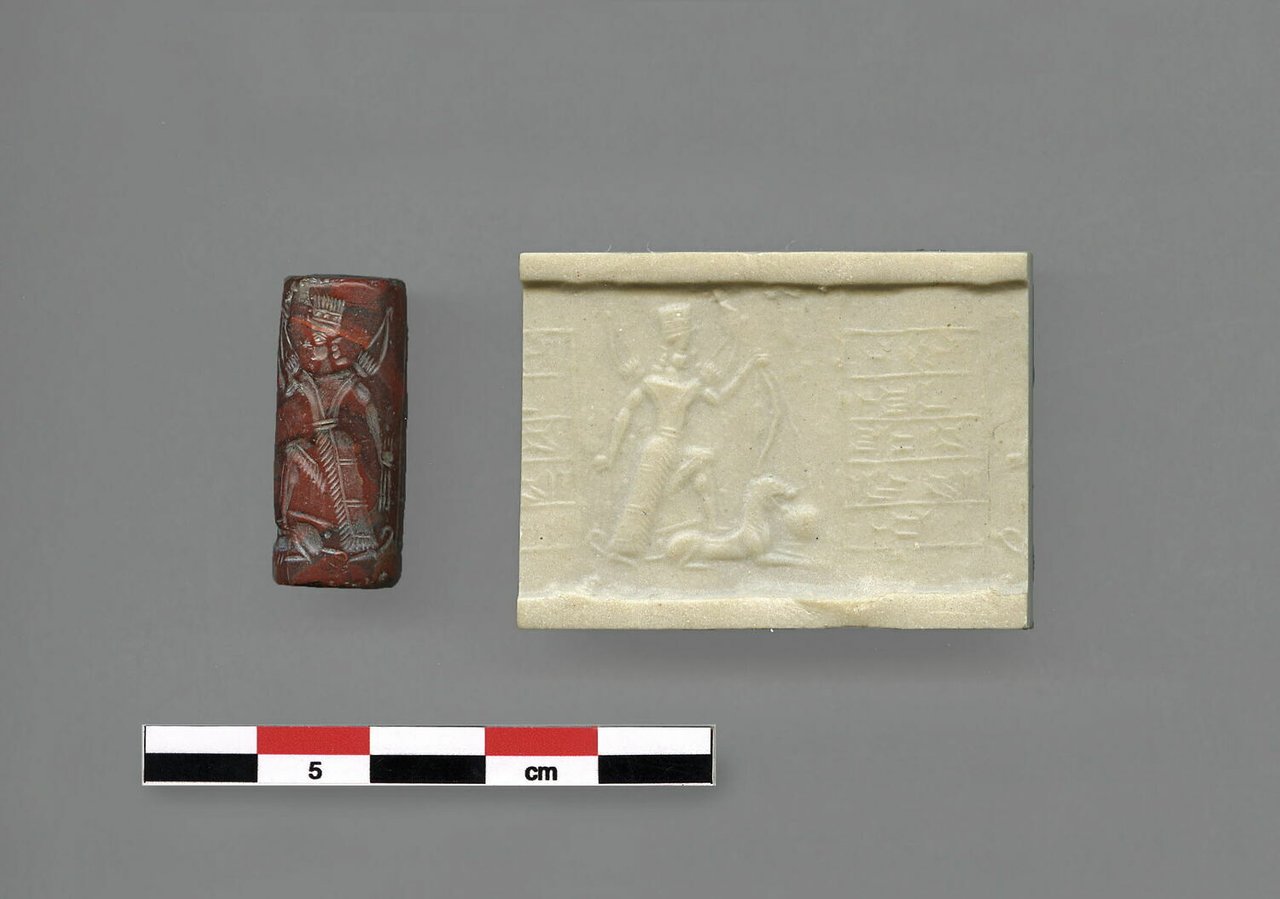

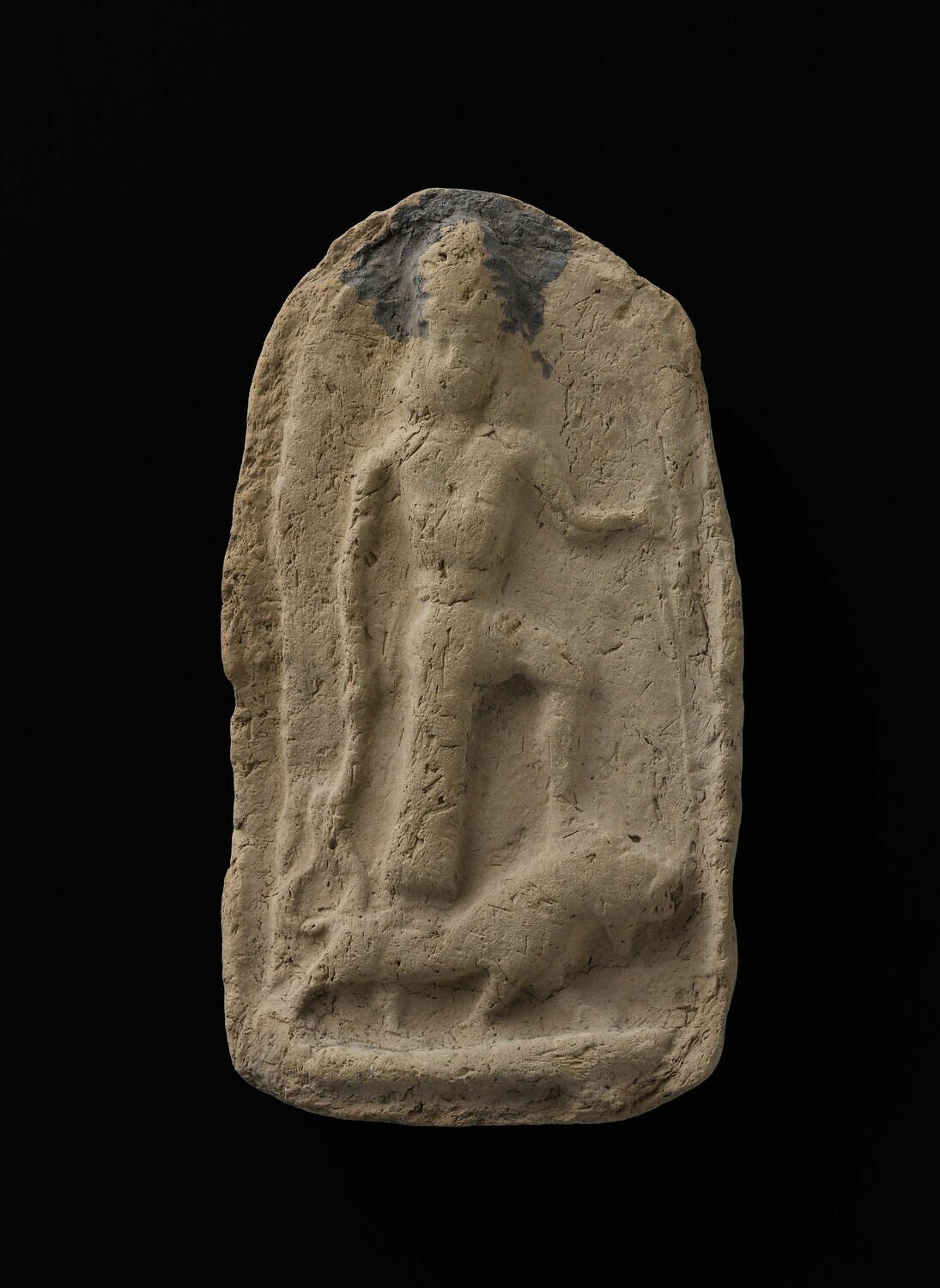
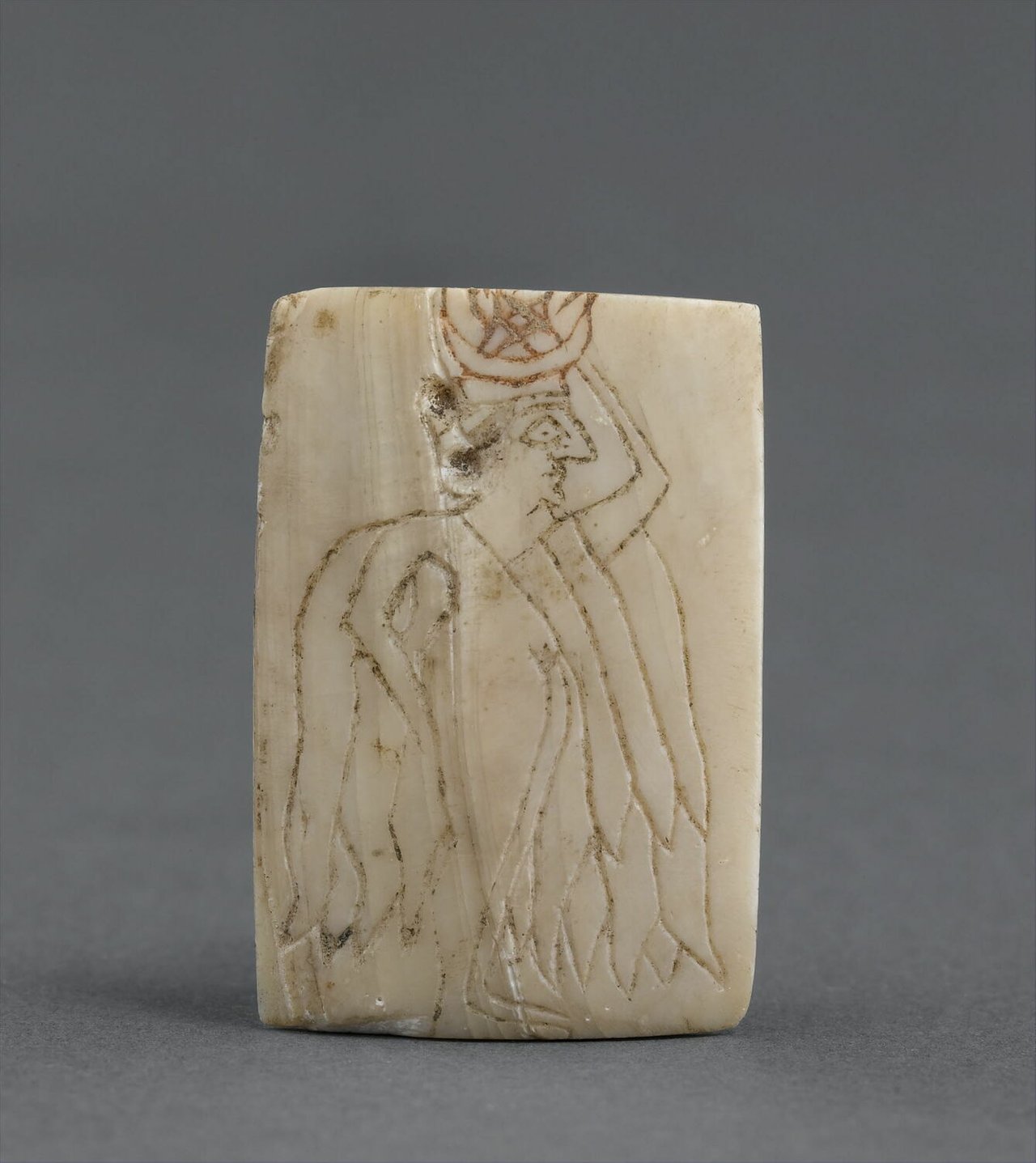
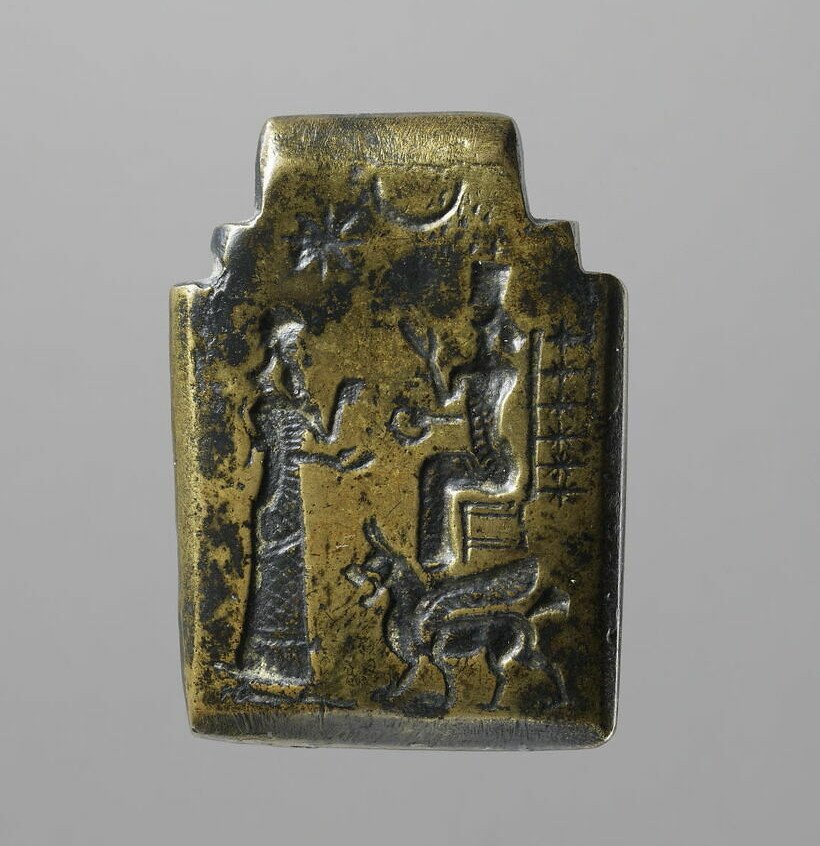
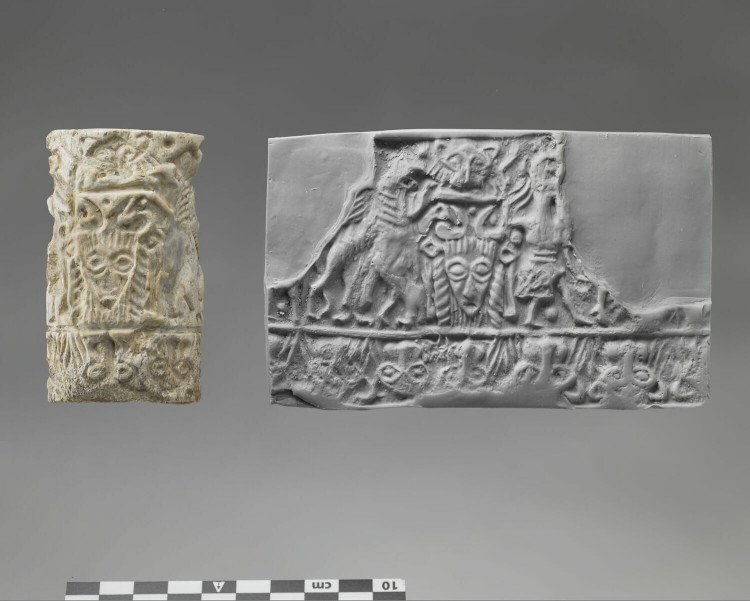

Comments